The Most Prominent Web Development Trends That Dominate in 2021
As we enter the second half of 2021, it is the right time to get better acquainted with the web development trends that have come to us since the beginning of the year. According to statistics, there are 1.8 billion websites on the Internet today, but most of us will never visit even 10 % of them. However, it is important to note that every site in the world contributes to the world of web development in some way.
Standards and trends in development sometimes change faster than the pace in which developers can manage to keep up with innovations. Therefore, everyone involved in this niche must be constantly informed about all the news in the industry. These changes touch all spheres of web development including web software, web applications and web portal development. Of course, here we are talking about changes that are happening so fast that even revolutionary innovations only expand the paradigm of web development, instead of completely changing it. Therefore, today we present you the novelties that the world of web development brings, i.e. already brought, this year.
Let’s dive into exploring the prominent web development trends that you can't afford to ignore in 2021.
13 Prominent Web Development Trends to Watch Out for
1. Progressive Web Applications (PWA)
Progressive web applications are one of the biggest innovations this year, and developers have finally got the attention and funding needed to develop these applications in a way that will provide users with a unique and quality user experience.
But what’s the deal with PWAs? Their main goal is to make browsing the Internet from a mobile phone as enjoyable as using a laptop or desktop computer, employing HTML, CSS, and JavaScript technologies.
These apps offer offline work, an interactive web, and a responsive experience - all in an app-like package.
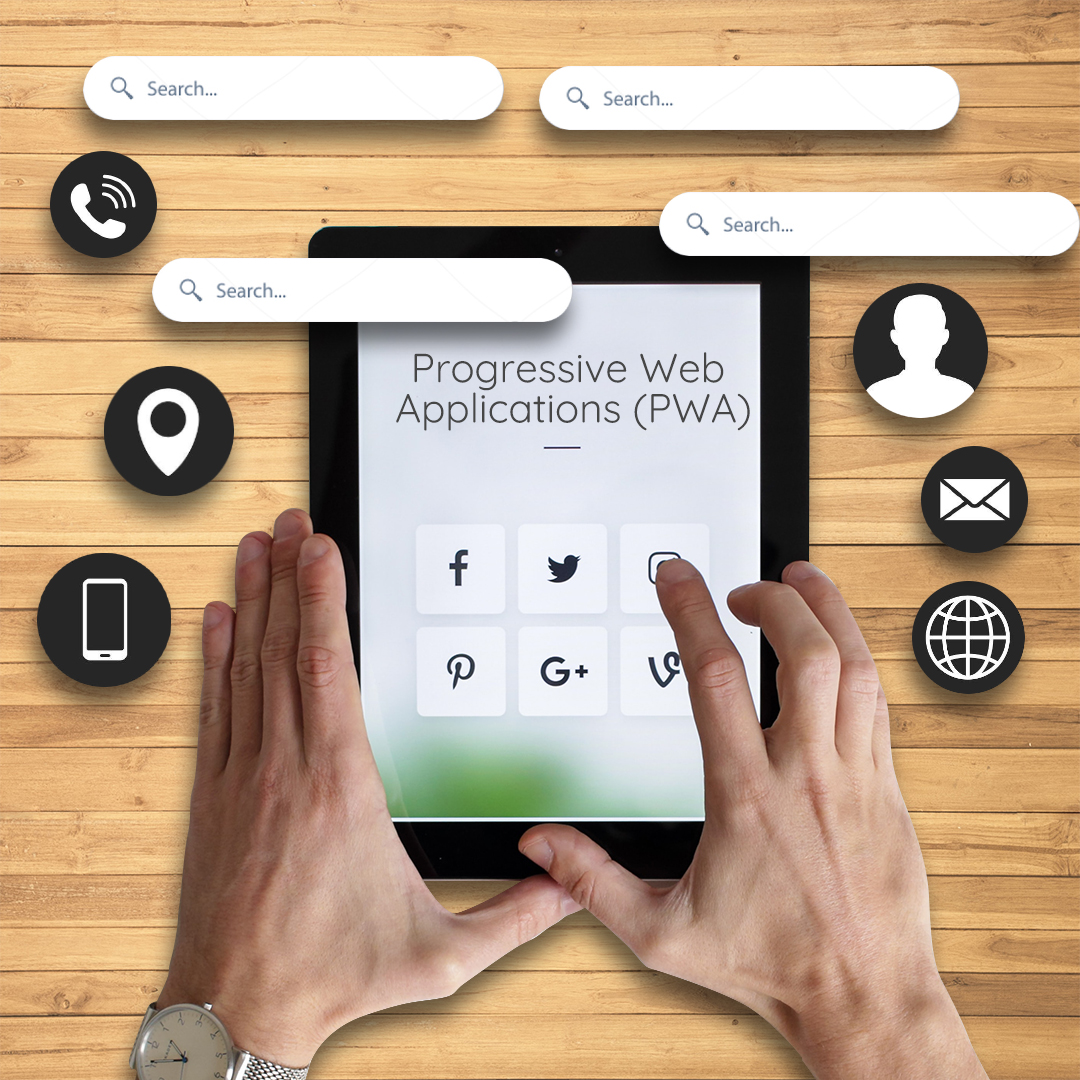
Certainly one of the best features of PWAs is the fact that users can send push notifications without downloading any additional applications or software. With these features, progressive web applications have managed to improve the quality of some of the most popular sites on the Internet:
- Uber
- Smashing Magazine..
When we say that progressive web applications are changing the way we use the Internet - we are not exaggerating. They are fast, efficient, and allow you to use your favorite apps even offline.
2. Artificial Intelligence (AI)
AI has been present for years, although it has only attracted significant attention in the past few years, given that artificial intelligence has become far more sophisticated and advanced in imitating humans. AI development is currently focused on tasks such as:
- Data collection
- Learning
- Analyzing

Therefore, it is not unexpected that artificial intelligence is already a part of web development and building websites, which does not need to be necessarily tied to programming knowledge per se but also to processes and platforms used without such knowledge in coding. AI has helped to create new ways of running projects and shortened the search time for solutions to many big problems. It is found in almost every website development process, from the initial phase to the final tests.
Artificial intelligence simplifies and speeds up the web development process, but also everything that comes after the site is released. Just think of chatbot services and other similar options that improve both the user experience and other important metrics in the long run.
3. WebAssembly
Performance is one of the key items in website development. People want a quality, fast, and efficient site - all in one. The problem is that JavaScript takes a long time to perform large calculations, which degrades the user experience and performance of the site.
To solve this problem, WebAssembly - a technology that allows any code, of any language, to be compiled within the bytecode in the browser itself - was created.

What does that actually mean?
- WebAssembly is independent of hardware, platform, and programming language
- It executes code quickly
- It offers a high level of security
Simply put, WebAssembly does a great job of scripting across different platforms, thus, leaving an indelible mark on modern web development.
4. Voice Search and Navigation
You probably know that many of today’s devices can hear you: smartphones, watches, laptops, even cars with voice control functions. Voice control makes our lives much easier because we don’t have to be in physical contact with the device, we just have to ask.
Voice control is expanding in different areas, which increases the pressure on web developers to react to it as soon as possible.
Therefore, voice search and web application navigation allow you to:
- Get the task done faster
- Better use the app
- Offer a better user experience

It seems that people no longer want to type commands and searches, which is why voice input is becoming an increasingly popular option and which will probably only experience a real expansion in the coming years.
One of the niches in which voice search will especially dominate is, experts believe, online shopping. Voice online shopping has already improved eCommerce metrics thanks to the implementation of cognitive intelligence and voice recognition. This allows customers to explore more information about the product they are interested in. For example, with the help of smart speaker technology, customers will be able to evaluate the product and all relevant information about it and complete the purchase via the application or website.
Voice buying is a big hit in the world of technology, and it is estimated that it will be worth $40 billion by 2022. Giants like Google, Microsoft, and Amazon are already using this technology, and in the future, it is inevitable that it will expand to other companies.
5. Focus On the Mobile Phone
It may sound like old news, especially considering that mobile-friendly has been one of the top priorities when building websites for years.
However, optimization for mobile phones is no longer an option, but an automatic, mandatory component of every website. Without it, indexing and user experience suffer. Mobile phones have long surpassed desktop computers in terms of Internet use, and the transition to mobile-first web development is far from illogical.

We have already talked about progressive web applications, which are a good example of this trend. Another good example is AMP (accelerated mobile pages). These pages load faster than those in HTML making them a great choice for those sites that have a wealth of animation, content, and whose users mostly come via mobile devices.
6. Motion UI Design
Undoubtedly, motion design will be one of the leading trends in the coming period. The combination of minimalist elements and sophisticated interactions will not only look beautiful but will also attract the attention of users.
Some of the best examples of moving design are:
- Charts
- Pop-up
- Page header transitions
- Scrolling
- Drop-down menus
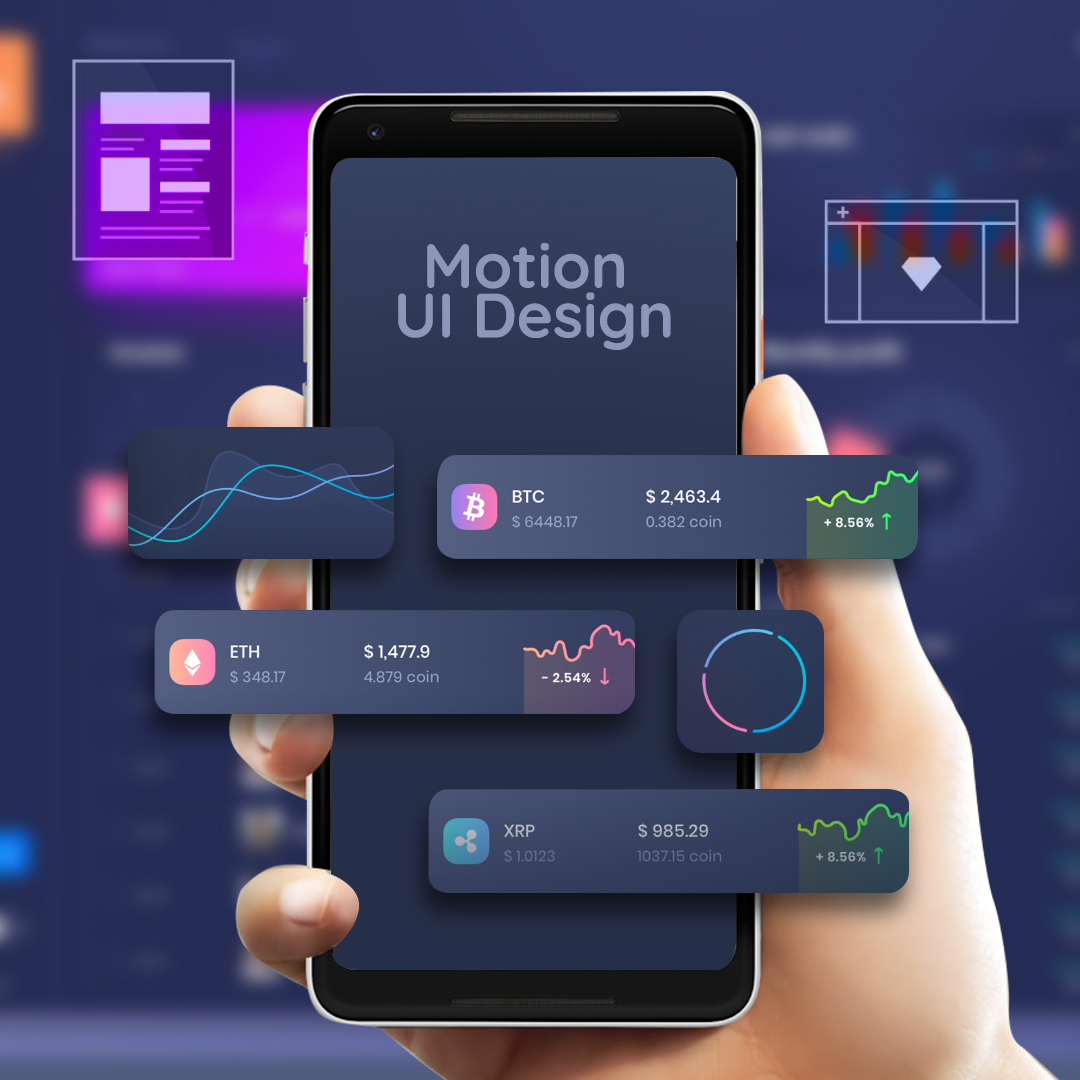
7. Serverless Architecture
These technologies have emerged as a result of the search for various options to avoid server-related problems, such as system congestion, costly development, and data loss. Cloud is a technology that may one day replace traditional servers.
However, what kind of benefits does this offer in the world of web development?
- Increased flexibility
- Strengthening the application architecture
- Reduction of development and maintenance costs
Technologies like this can speed up tasks such as backing up, exporting, arrival notifications, and thus drastically change the way professionals approach web development.
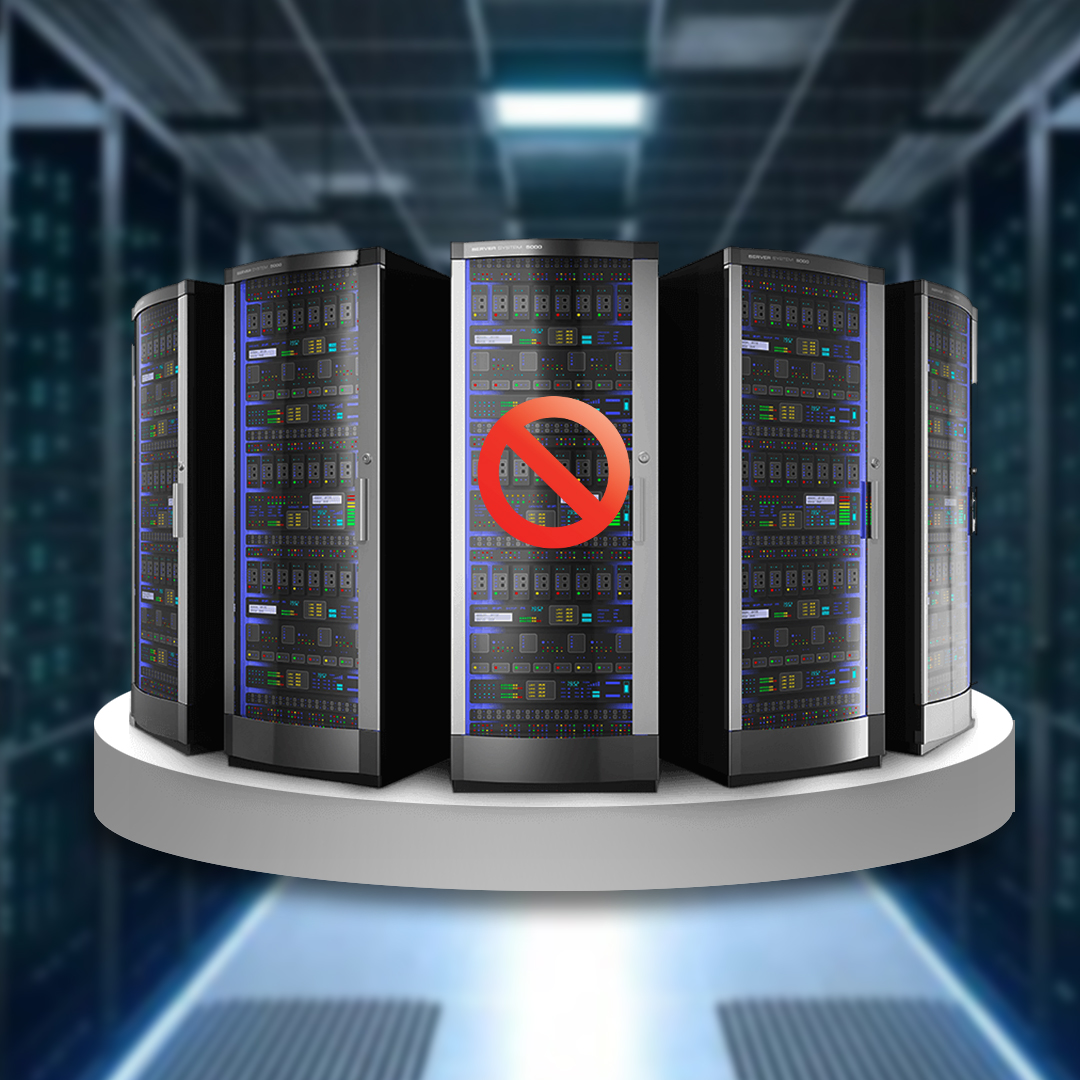
8. RAIL Model
RAIL is a concept created in 2015, but it gained popularity years later, in 2019. What is the RAIL model? This technology improves loading time and offers excellent website performance. It also offers responsiveness, as each input is faster than 100 milliseconds. Animation is also a big part of this concept and with this technology, it is possible to complete each frame within 16 milliseconds. Animation is created by two basic elements: scrolling and traction.
Idle is one of the features that offers optimal performance, as not all elements have to be loaded at once. Previously, it was enough for the site to load only crucial elements, so that users have access to the site, while other elements are loaded in the background.
Finally, when it comes to loading, the main elements of the page, together with the home page and navigation, should be loaded first.
Therefore, the RAIL concept offers an instant site response, improves animations, and performs all actions as quickly as possible, with a waiting time of a maximum of 1 second (to load the main elements of the page), while performing other actions is measured in milliseconds.

9. One-Page Applications and Sites
Not so long ago, when a user clicked a button on a page, that action would lead to another page being downloaded from the server. However, single-page applications constantly communicate with the server and this approach can be ignored. These applications also offer better data protection and performance, as well as instant feedback. Their popularity has grown along with the JavaScript framework, as they offer content in that programming language.
As API technology (Application Programming Interface) has become more sophisticated and complex, single-page applications and sites are also improving.
Even today, they are very attractive on the market because they are very fast, provide a better experience and offer interactive opportunities. Then why create a complex website or a multi-page website if you can just cram everything into a one-sided format? This type of site is a great choice for a smaller company or startup because they are created quickly, are cheaper, and are ideal for the minimal content that these companies generally have. These solutions are a good choice for businesses that target specific demographics with adequate content.

10. MEAN - React - Vue - Flutter
Most of these trends would be useless without adequate technological support. However, as there are so many different frameworks and libraries, the question is - what is the best choice for your project?
Most professionals would suggest MEAN because:
- It is excellent in the MongoDB database management system
- Great JS framework with great functionality for web and mobile applications
- Reliable front-end JS
- Excellent JS transit time, which allows work in both front-end and back-end
On the other hand, the React library is often used in MEAN instead of Angular because it allows developers to make changes easier and faster.
There is also Vue, which is a relatively young framework that has managed to break into the global market. Vue is a compact front-end solution and developers would often use it as an alternative to Angular in MEAN.
Finally, there is Flutter for Web, another popular solution that allows developers to perform quality work on web applications.
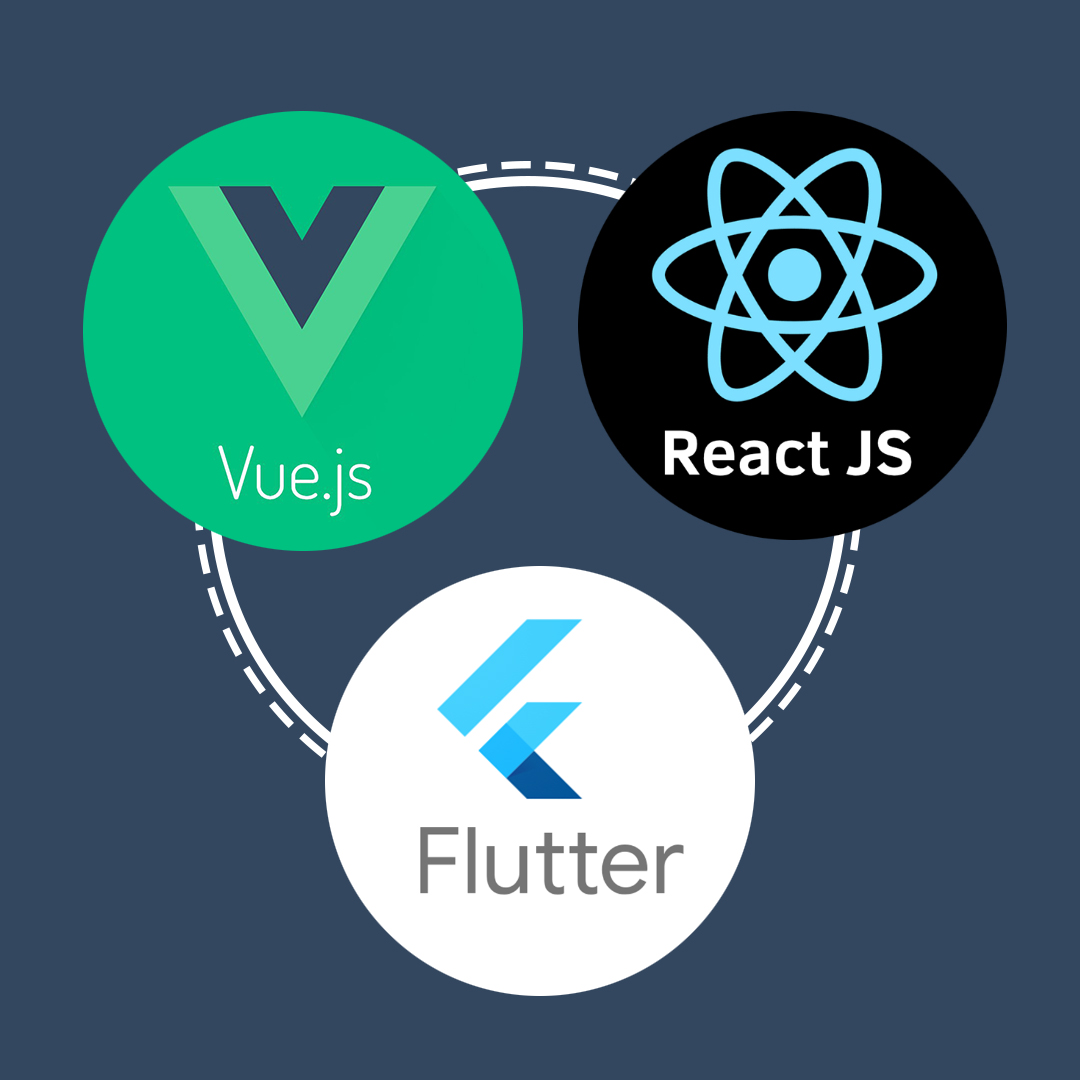
Now, if you want to have a broad comparison between Flutter and React Native, read here.
11. Accelerated Mobile Pages
They are very different from average PWAs because they provide a better user experience with basic features, the most important of which is speed.
Accelerated Mobile Pages (AMPs) load extremely quickly and are created through plugins.
AMP plugins are always a popular choice when creating a fantastic user experience without the employment of complex codes.

12. Chatbots
We have already mentioned chatbots in the section on artificial intelligence, and they are probably the most underestimated innovation of today. They combine voice search and cognitive intelligence into a unique experience, although voice search is currently only possible in a few applications.
Chatbots are a great example of cognitive technology as they collect data from users through questions, data analysis, and come up with the most ideal solutions. Let’s say you have financial problems, you go to a banking site and the chatbots on the site start questioning you about your problem.
Primarily, the bot tries to find a solution to your question, and if it fails, it sends you to some higher authority. Such a quick method can greatly impact the world of customer support and help you grow your business.
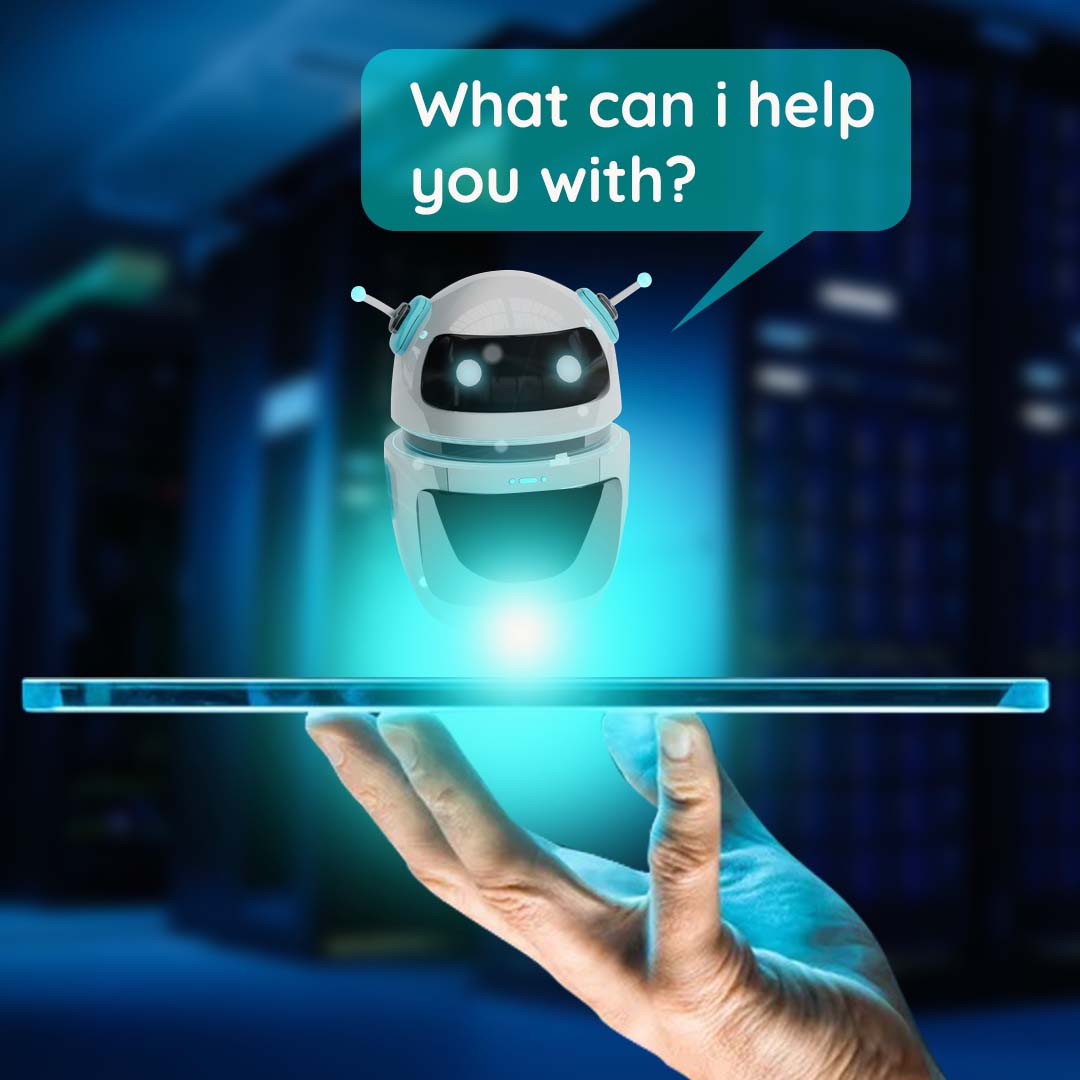
13. Internet of Things
This is a revolutionary technology that, over the years, has affected almost every area of industry, from medicine to industrial automation. The primary role of web development, in this case, will be to create useful web tools for monitoring and analyzing data from IoT smart devices.
Web design and development is an area Internet of Things is going to evolutionize. IoT will facilitate the interaction of users with the website.
The market for the IoT-enabled devices is likely to reach $ 1.6 trillion by 2022, with the largest growth in the areas of the fitness industry, smartwatches, etc.
IoT technology can also play an important role in encouraging server-free approaches, which we have already discussed.
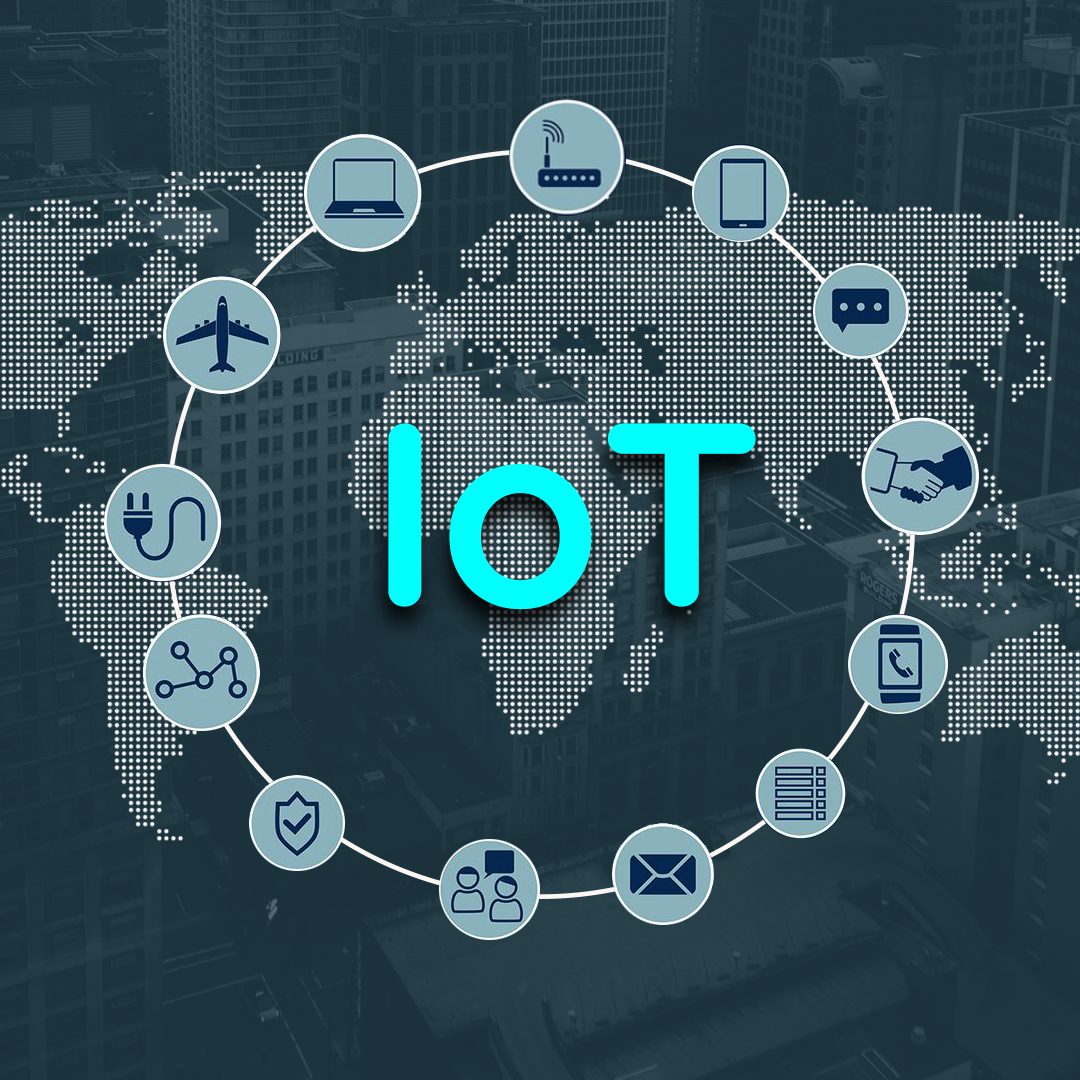
Conclusion
As you can see, following every trend in the world of web development is an almost impossible mission, given the fast pace of technology development. However, if you take a closer look at the different technologies that we have presented, you will notice that they were not created yesterday. It took them time to further develop in order to become sophisticated, fast, and reliable and thus gain importance in the industry and improve the user experience.
All in all, the coming years will be very exciting, especially if website owners and companies start using these technologies. Will they stay for long? We’ll see.
At the end of the day, great performance and user experience are paramount. If the site is slow and visitors are dissatisfied, even the most advanced technologies will not save it. This will remain a fact in the world of web development, no matter what.


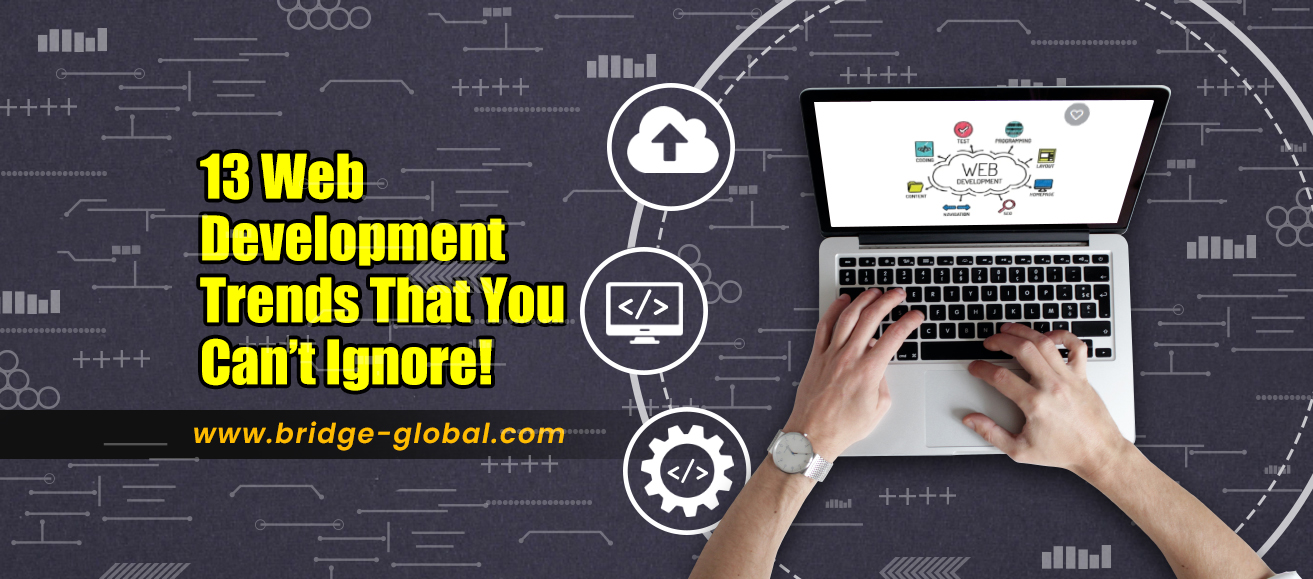

This is really helpful